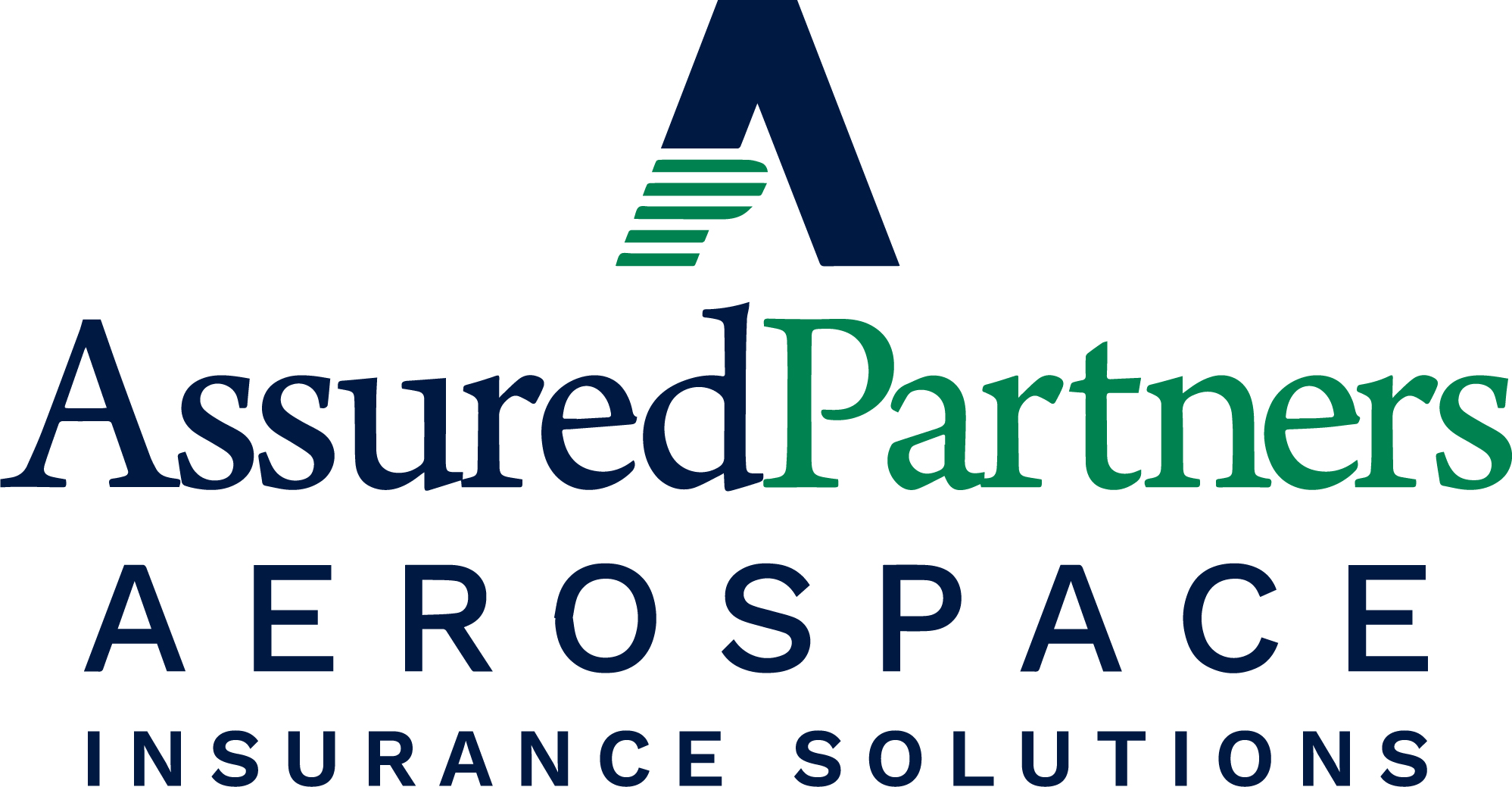GA Insurance in 2021 Recap – Part 2
Hull Coverage - Part 2 of 4 Recap of GA insurance in 2021
Last month we provided a GA Insurance in 2021 recap along with a review of the Lienholder portion of the policy. This time we explore the Aircraft Hull Coverage.
Hull coverage is protection for accidental physical damage to your aircraft caused by an occurrence. It can be arranged in various ways, the most common are either in motion or not in motion coverage. Each can have an applicable deductible prior to any payment by the Insurance Company.
- In motion provides coverage for the aircraft while it is in motion but will also include coverage while it is not in motion while hangered, tied out, etc.
- Not in motion coverage provides coverage only while the aircraft is not in motion and is generally offered at a significant premium savings over the in motion insurance.
With over a dozen different policies out there, the definition of not in motion and in motion can vary. One definition of in motion is any time the prop is turning or the aircraft is moving as a result of the prop turning. So, if your aircraft is insured for not in motion hull, while it is down for storage or maintenance, you should check the wording of your policy prior to performing any engine runups.
Another consideration of Hull Insurance is reviewing on a regular basis the insured Value that is stated in the policy. Many forms of insurance ask for a valuation for the purpose of rating the policy, and then settle claims based upon the current value at the time of the loss. Aviation hull coverage is written on an Agreed or Stated Value basis whereby the value stated in the policy is the value underwriters have agreed to pay in the event of a total loss. Ideally payment for a total loss would allow you to replace the lost aircraft with one of the same or similar age, condition, and equipment. The consequences of under-insuring an aircraft lies in the policy provision that allows any loss to be declared a total loss even if the damage might not be that severe, thus providing a much better settlement to the insurance company. Conversely, over-insuring an aircraft, could result in a windfall to the insured, whether intentional or through inattention, and underwriters try to be very vigilant as to not create that moral hazard. Also check out our blog on this topic.
It is also important to point out here that payment of a total loss requires a transfer of ownership of the salvage to the insurance company. That salvage will include all equipment attached to the aircraft, so any upgrades or additions need to be addressed in the valuation as they are completed to avoid any conflicts arising from a total loss.
Watch for Part 3 of this series about Aircraft Liability insurance in March! And, check out our FREE resources.
In the meantime, AOPA’s partner for Aviation Insurance, AssuredPartners Aerospace, is standing by to help you navigate the insurance marketplace. Visit ap-aerospace.com or call us at 800.622.2672 today!

